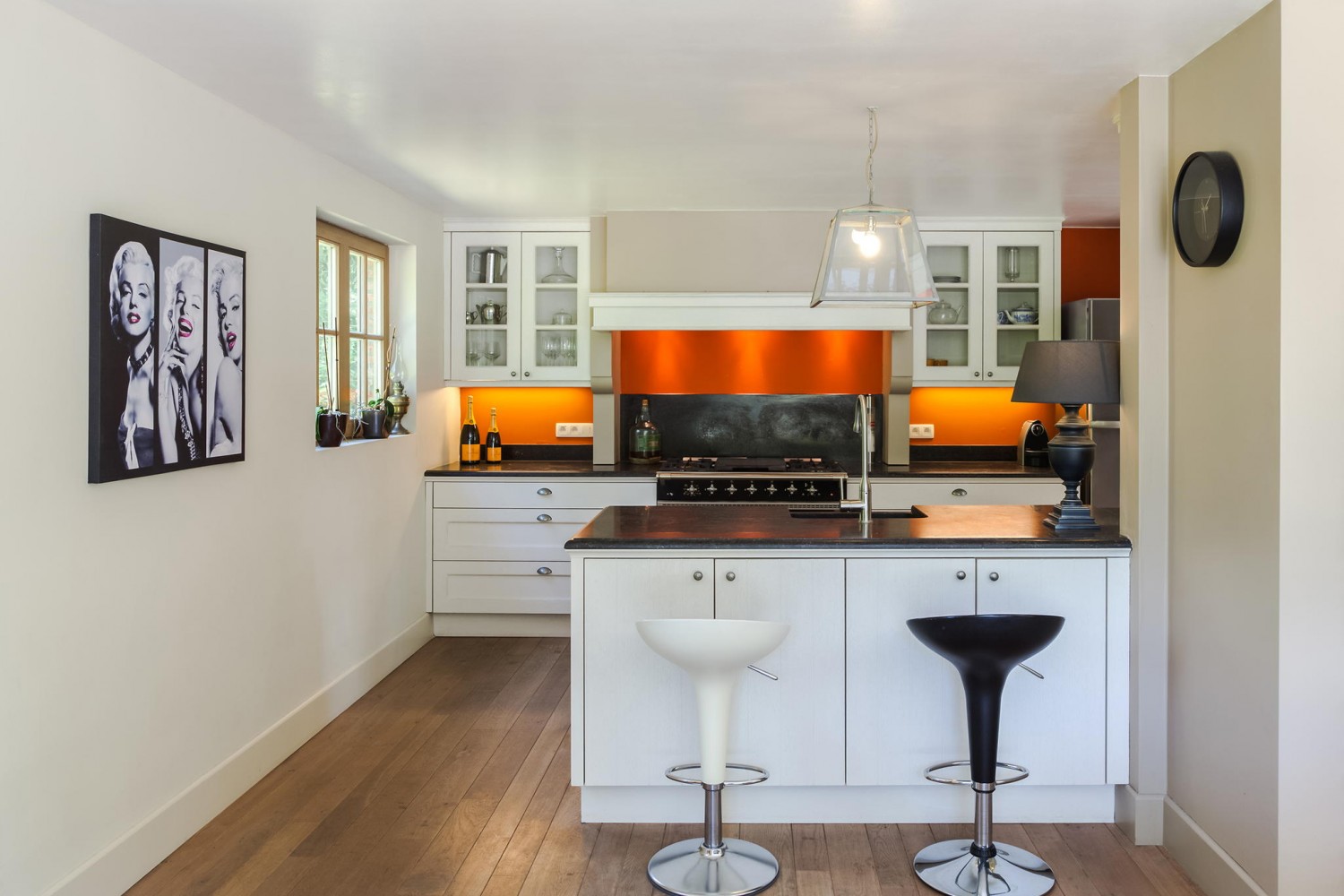Thorough Guide To Repairing Classic Cabinets
Thorough Guide To Repairing Classic Cabinets
Blog Article
Created By-Snider Stefansen
To begin the journey of recovering antique cabinets, you require a keen eye for detail. Imagine uncovering concealed tricks within each layer of background embedded in the wood. Photo the fulfillment of restoring a once-forgotten item to its previous splendor. visit the next website of this careful process holds the vital to maintaining the past while creating a future heirloom. So, are you ready to embark on this transformative undertaking and unlock the potential of your antique cupboards?
Evaluating the Closet's Problem
When beginning the restoration process, begin by assessing the problem of the antique closet. Meticulously check out the overall framework for any indications of damage such as cracks, chips, or loose joints. Examine the timber for any rot, warping, or insect problem that might have taken place with time. https://dantebktck.blogproducer.com/34026578/take-a-look-at-the-different-elements-that-guide-your-decision-in-selecting-the-right-wood-for-your-custom-cabinets-and-revamp-your-area-with-a-remarkable-choice to determine the level of the remediation required before proceeding further.
Next off, evaluate the closet's hardware such as hinges, handles, and locks. Make note of any kind of missing out on pieces or components that require repair work or substitute. Make certain that all equipment is functioning appropriately and securely attached to the cabinet.
Additionally, evaluate the cupboard's surface. Seek any kind of scratches, stains, or discoloration that might influence the visual allure. Establish if the finish needs to be stripped and reapplied or if an easy touch-up will certainly be sufficient.
Collecting the Necessary Tools and Products
After examining the problem of the antique cabinet, the next action is to collect the required tools and products for the restoration procedure. Prior to you begin, ensure you have the following products accessible:
- timber cleaner
- sandpaper in numerous grits
- timber filler
- paint or timber discolor
- brushes
- gloves
- safety goggles
- a dust mask
- a drop cloth
- a putty knife
- a hammer
- a screwdriver
- a vacuum cleaner
These devices and products are essential for a successful repair.
visit the following page is vital for eliminating years of dirt and crud accumulation, preparing the surface area for fining sand. Sandpaper of various grits aids in smoothing out imperfections and preparing the timber for a brand-new surface. Wood filler comes in handy for fixing any kind of fractures, openings, or damages present in the cupboard.
Repaint or wood discolor, in addition to brushes, allow you to personalize the closet to your choice. Keep in mind to put on handwear covers, security goggles, and a dirt mask for security. Set a ground cloth to secure your workspace, and utilize a hoover to tidy up any type of particles.
With these tools and materials collected, you're ready to start the remediation process.
Performing the Reconstruction Refine
To efficiently carry out the reconstruction procedure on your antique cabinet, begin by extensively cleaning the surface with the wood cleaner. This step is critical as it helps get rid of years of dust, crud, and old gloss that might have built up on the surface.
Once the closet is clean and dry, analyze the condition of the wood. Search for any splits, scratches, or other problems that require to be dealt with. Use wood filler to repair any kind of imperfections, seeing to it to match the filler color to the wood tone for a seamless finish.
After the repair services have actually dried out, gently sand the whole surface area to produce a smooth and also base for the brand-new finish. Be careful not to sand also aggressively, as you do not want to damage the timber underneath.
As soon as the sanding is full, use a timber stain or complete of your selection, complying with the maker's guidelines. Permit the finish to dry totally before applying a safety top coat to ensure the durability of your recovered antique closet.
Conclusion
Now that you have finished the restoration process, your antique cupboard looks just as good as brand-new.
By complying with the step-by-step overview, you had the ability to examine, repair, and improve its condition effortlessly.
With a fresh surface and protective top coat, your cherished piece will remain to beam for several years ahead.
Delight in the charm of your brought back antique closet!
